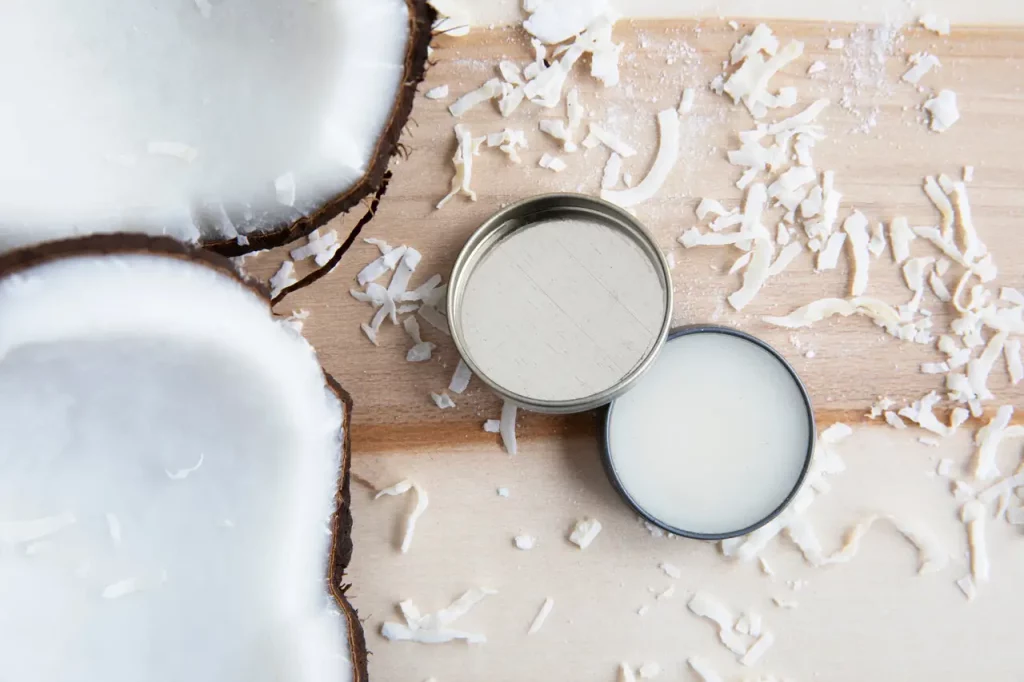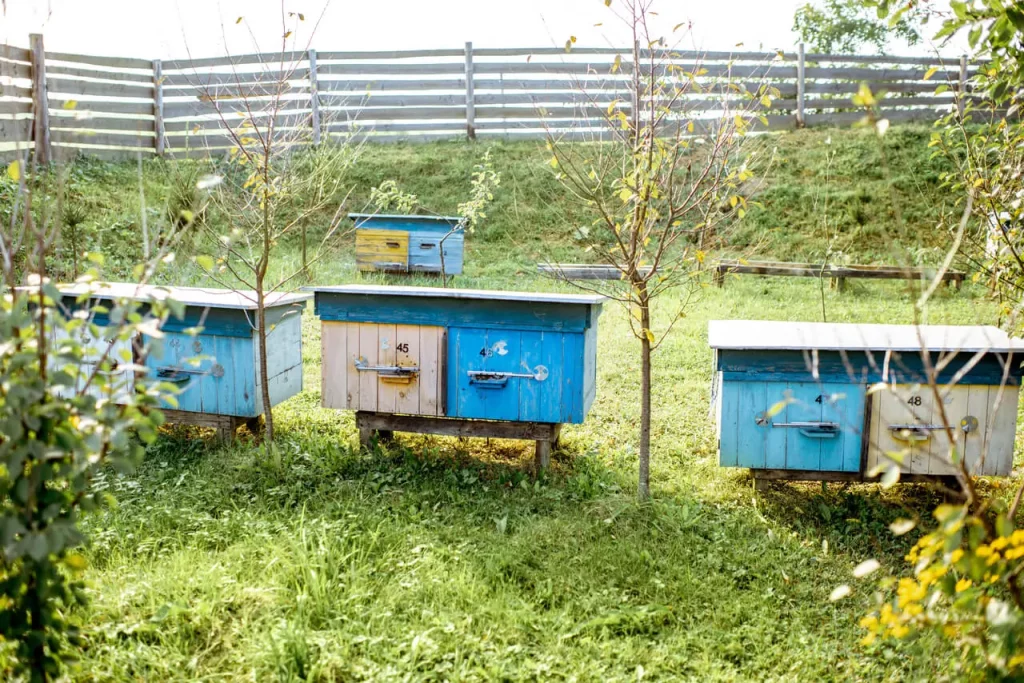Candles are a great way to add ambiance and fragrance to your home. But with so many different types of candle wax in the market, it can be tough to know which one is the healthiest. In this article, we’ll explore the pros and cons of some of the most popular candle waxes, so you can make an informed decision about which one is right for you.
If we were to quickly rank the healthiest wax, it would be like this:
- Soy wax
- Coconut wax
- Beeswax
- Palm wax
- Paraffin wax and others
Soy wax and coconut wax
Soy wax and coconut wax are two of the most popular choices for healthy candles. They are both made from natural, renewable resources, and they burn cleaner than paraffin wax (which we’ll discuss below). This means they release little to no toxins into the air, which can be beneficial for your health. Soy and coconut wax candles are also often praised for their strong scent throw, meaning they fill your home with a lovely fragrance.
It is also known that candles with coconut wax tend to release a stronger scent throw, and ones with soy wax tend to last longer. For these reasons, we use a blend of coconut and soy wax to get the best of both worlds.
Soy Wax Pros and Cons
| Pros | Cons |
|---|---|
| Made from a renewable resource (soybeans) | The scent throw is weak sometimes |
| Burns clean | Tends to have adhesion and frosting problems |
| Generally affordable |
Coconut Wax Pros and Cons
| Pros | Cons |
|---|---|
| Burns clean | Can be more expensive than soy wax |
| Excellent scent throw | Is soft, and hard to deal with in high temperatures |
| Considered a renewable resource |
Beeswax
Beeswax is another natural option that is often considered to be healthy. Beeswax candles burn clean and produce a subtle honey-like aroma. However, beeswax is not as sustainable as soy or coconut wax. Its production can be harmful to bee populations, so it’s important to choose beeswax candles from companies that are committed to sustainable beekeeping practices.
Beeswax pros and cons
| Pros | Cons |
|---|---|
| Natural, renewable resource and burns clean | Tends to be on the expensive side |
| Produces a subtle honey-like aroma | Production can be harmful to bee populations if not sourced sustainably |
| Long burning time | Limited fragrance throw compared to other options |
Palm wax
Palm wax is another common type of candle wax. It’s derived from the palm oil plant. While it’s a natural material and is one of the healthy options for candle wax, there are some environmental concerns associated with palm wax production, particularly deforestation.
Regarding health, palm wax generally burns clean. Even though it is placed in the last of our list, palm wax is still cleaner than paraffin wax because it is derived from plants and not petroleum.
Palm wax pros and cons
| Pros | Cons |
|---|---|
| Natural and burns cleaner than paraffin wax | Environmental concerns due to deforestation for palm oil production |
| Good fragrance throw | May release some harmful substances when burned |
| Affordable | Not as readily available as soy or coconut wax |
Rapeseed wax – an Honorable Mention
Rapeseed wax, also known as canola wax, is a rising star in the world of natural candle making. Derived from the oil of rapeseed plants, it offers a compelling combination of health and sustainability benefits. The only problem with this type of wax is that it is still new to the market, and is hard to come by, and if you manage to get your hand on rapeseed wax, it won’t be a buck change, as it is one of the most expensive waxes.
Conclusion
Soy and coconut wax are generally considered the healthiest and most sustainable choices due to their clean burning properties and renewable resources. Beeswax offers a natural alternative, but it’s crucial to choose from companies committed to sustainable beekeeping practices. While palm wax burns cleaner than paraffin wax, its environmental impact due to deforestation is a significant concern.
So, the next time you go out to buy a candle, make sure to keep note of the wax that the brand is using. Usually, the type of wax can be found either on the candle label or the warning label. If not, check out the brand’s website before making your buying decision.




